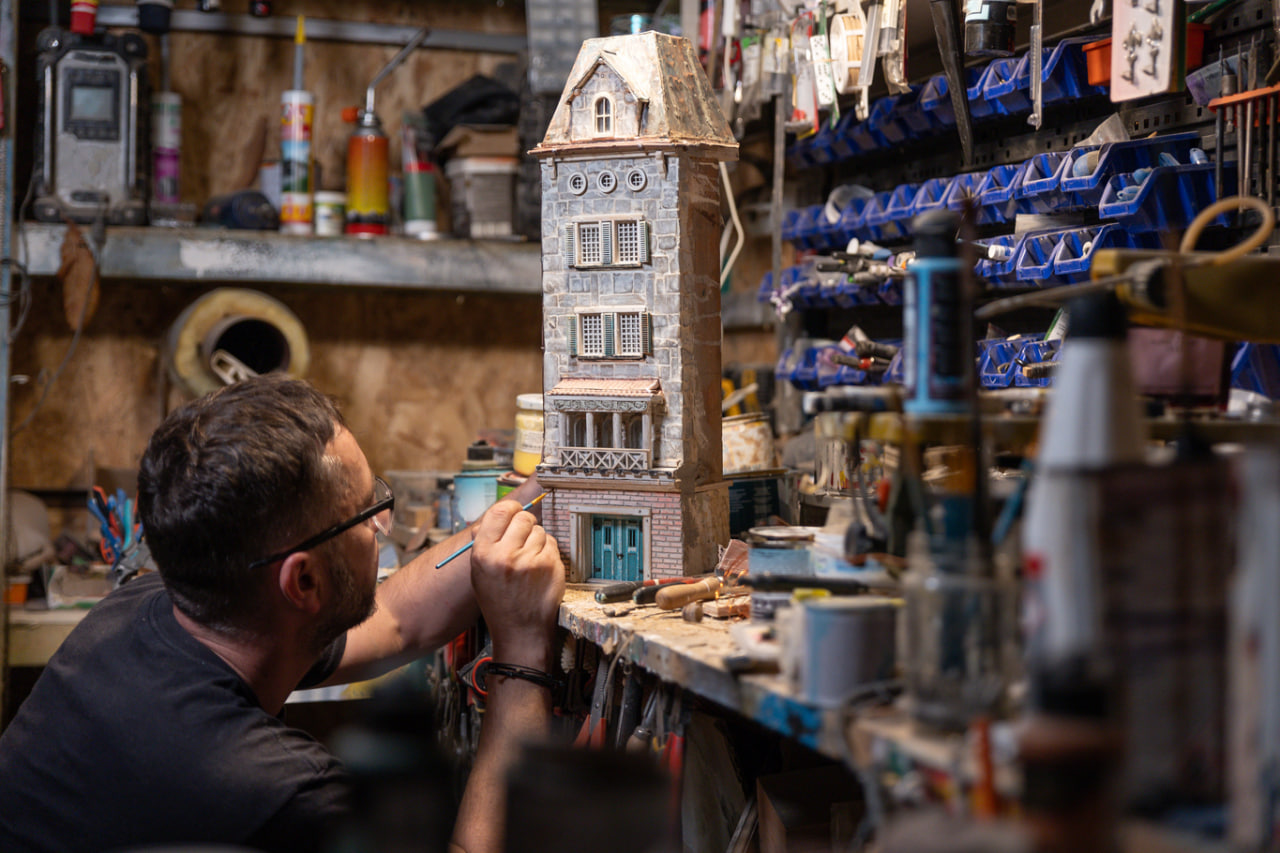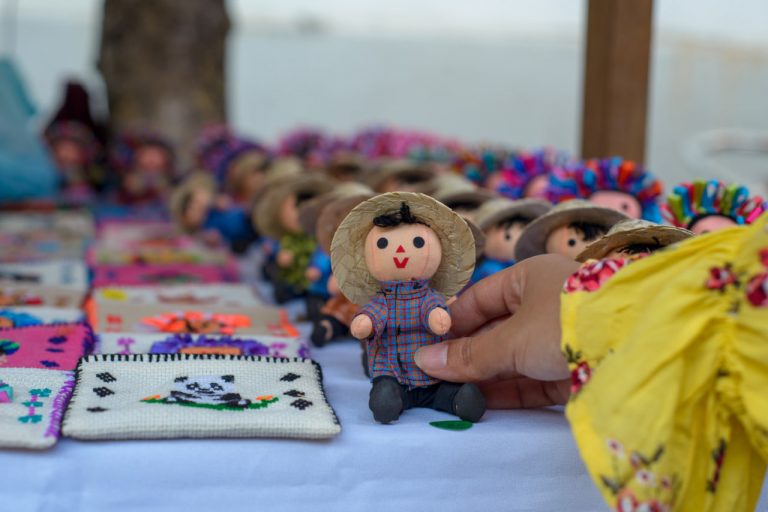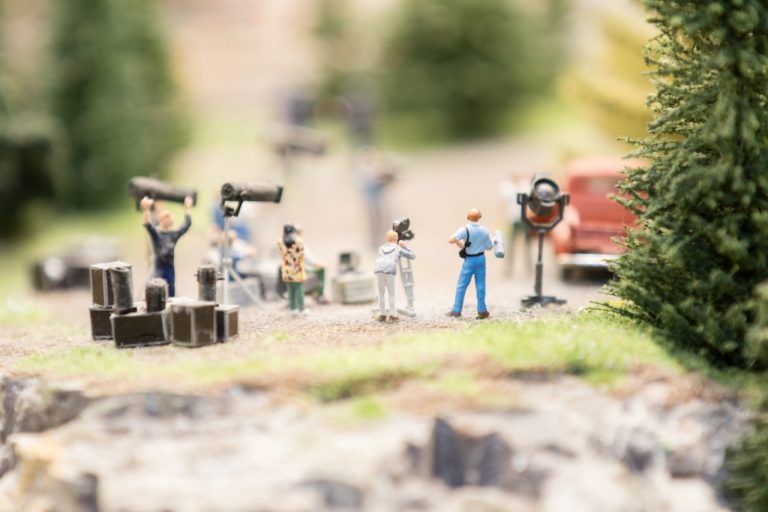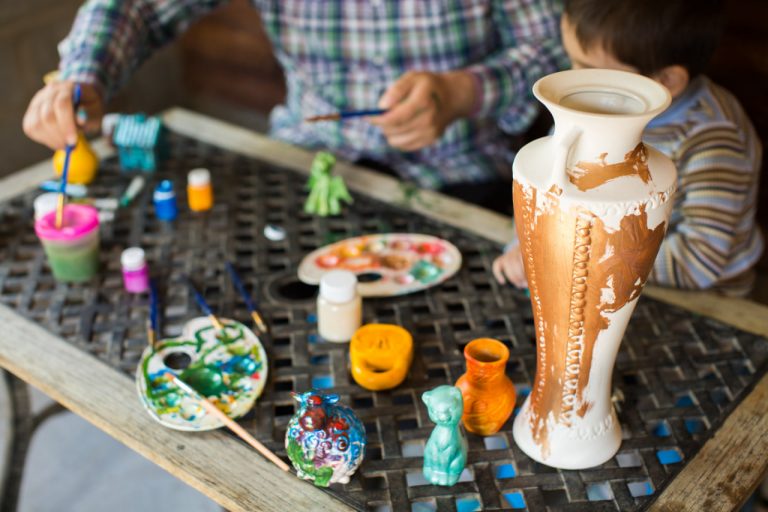Step-by-Step Guide to Creating Realistic Miniature Furniture
Creating realistic miniature furniture is a rewarding and intricate craft that brings tiny worlds to life. Whether you are building for dollhouses, dioramas, or collectible displays, well-crafted miniature furniture adds authenticity and charm to your projects. This step-by-step guide will walk you through the essential processes and tips to help you design and build miniature furniture that looks and feels real.
Planning and Designing Your Miniature Furniture
Before diving into construction, start with careful planning and design. Think about the style, scale, and function of the piece you want to create. Research real furniture for inspiration—notice details such as proportions, textures, joints, and finishes.
Sketch your design on paper or use digital tools. Include measurements that correspond to your chosen scale, whether it’s 1:12, 1:24, or any other. Accurate measurements ensure that all parts fit together and the furniture matches the rest of your miniature environment.
Consider the materials you will use. Wood, foam board, cardboard, and polymer clay are popular for different parts of furniture. Decide what tools and supplies you need, such as cutting knives, glue, paint, sandpaper, and brushes.
Gathering Materials and Tools
Having the right materials and tools at hand can make the building process smoother and more enjoyable. Choose quality materials that work well at your scale.
- Wood: Basswood, balsa wood, or craft sticks are easy to cut and shape for frames, legs, and panels.
- Cardboard or Foam Board: Good for backing or structure.
- Clay or Putty: Ideal for sculpting intricate details.
- Glue: Wood glue or craft glue with a fine tip is best for precision.
- Paints: Acrylics work well for miniature painting.
- Tools: Craft knives, miniature saws, tweezers, sandpaper, small clamps, and paintbrushes.
Organize your workspace to keep everything accessible and safe.
Cutting and Shaping Components
Start by carefully cutting your materials according to your measurements. Use a sharp craft knife or miniature saw to achieve clean edges.
Sand edges to smooth any rough cuts, which helps pieces fit better and looks more polished. For curved or rounded parts, gently carve or sand until you achieve the desired shape.
If your furniture includes detailed moldings or carvings, consider sculpting these with clay or carving directly into wood. Patience and precision during this step will greatly improve the realism of your piece.
Assembling the Furniture
Begin assembling your miniature furniture by gluing the pieces together. Work in small sections and allow glue to dry fully before proceeding to avoid misalignments.
Use clamps or rubber bands to hold pieces in place while drying. Tweezers can help position small parts accurately.
Pay attention to joints and seams. If any gaps remain, fill them with wood filler or putty and sand smooth once dry.
Check your piece frequently to ensure it remains square and level during assembly.
Painting and Finishing Touches
Painting is where your miniature furniture starts to come alive. Begin with a primer to help paint adhere better and provide an even base.
Choose colors and finishes that match the style and era of your piece. Use thin layers of paint, allowing each to dry before applying the next to avoid drips or thick buildup.
For a realistic effect, add shading or distressing. Lightly dry brush with a lighter or darker color to mimic wear and texture. You can also use fine sandpaper to gently wear edges for an aged look.
Finish with a clear sealant to protect your paint and add a matte or glossy finish depending on the furniture type.
Adding Details and Accessories
The small details make miniature furniture truly believable. Add knobs, hinges, upholstery, cushions, or carvings.
For fabric elements like cushions or curtains, choose fine textiles or create custom pieces by dyeing or painting small swatches.
Use metallic paints or tiny beads for hardware like handles and hinges. Sculpt miniature books, plants, or dishes to decorate tables and shelves.
Remember, the more authentic the details, the more your miniature furniture will captivate viewers.
Tips for Success
- Take your time: rushing can lead to mistakes or sloppy work.
- Work in a well-lit area with magnification tools if necessary.
- Keep your hands steady by resting them on the table while working.
- Practice on scrap materials before working on your main piece.
- Don’t be afraid to redo parts if they don’t meet your standards—perfection comes with practice.




